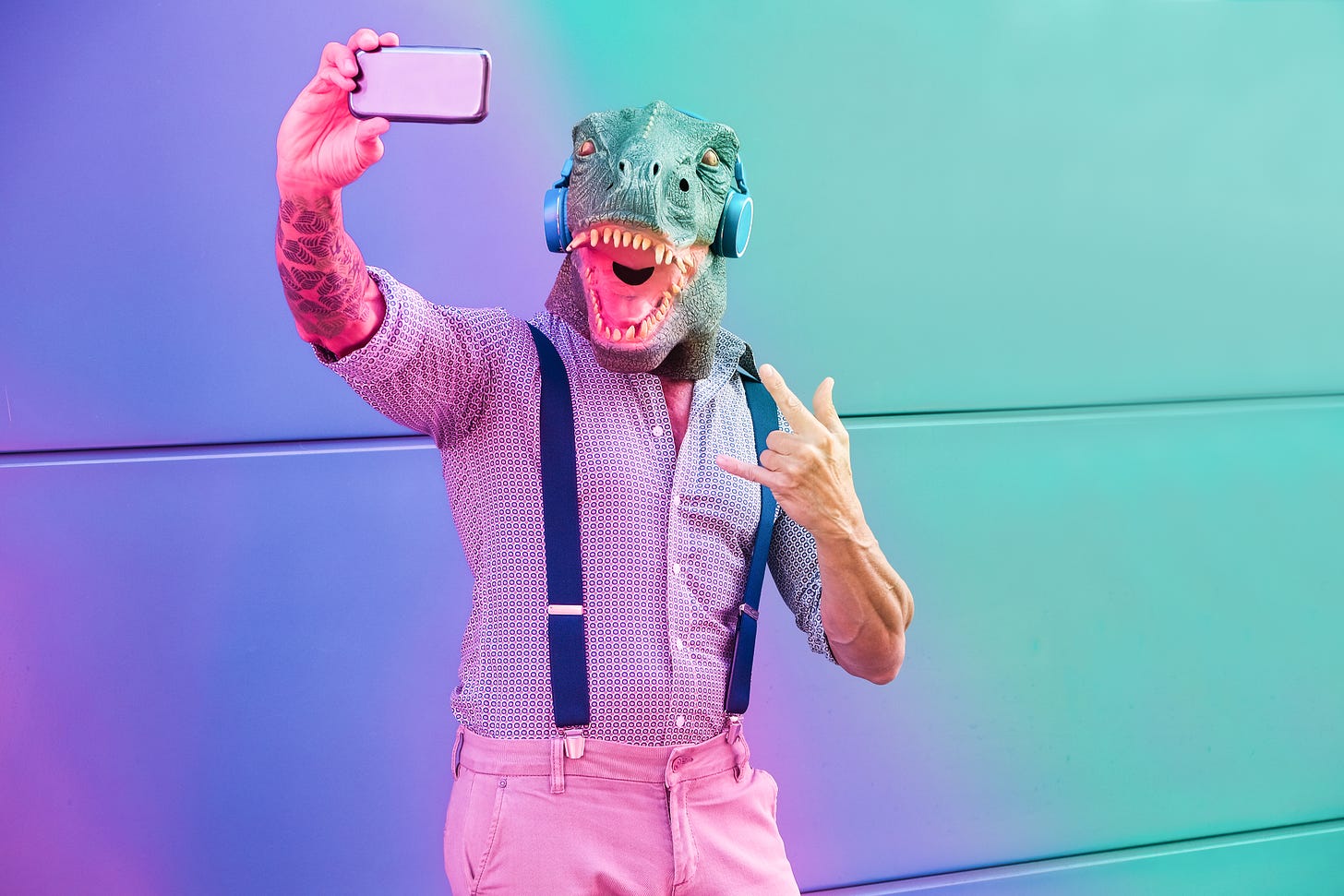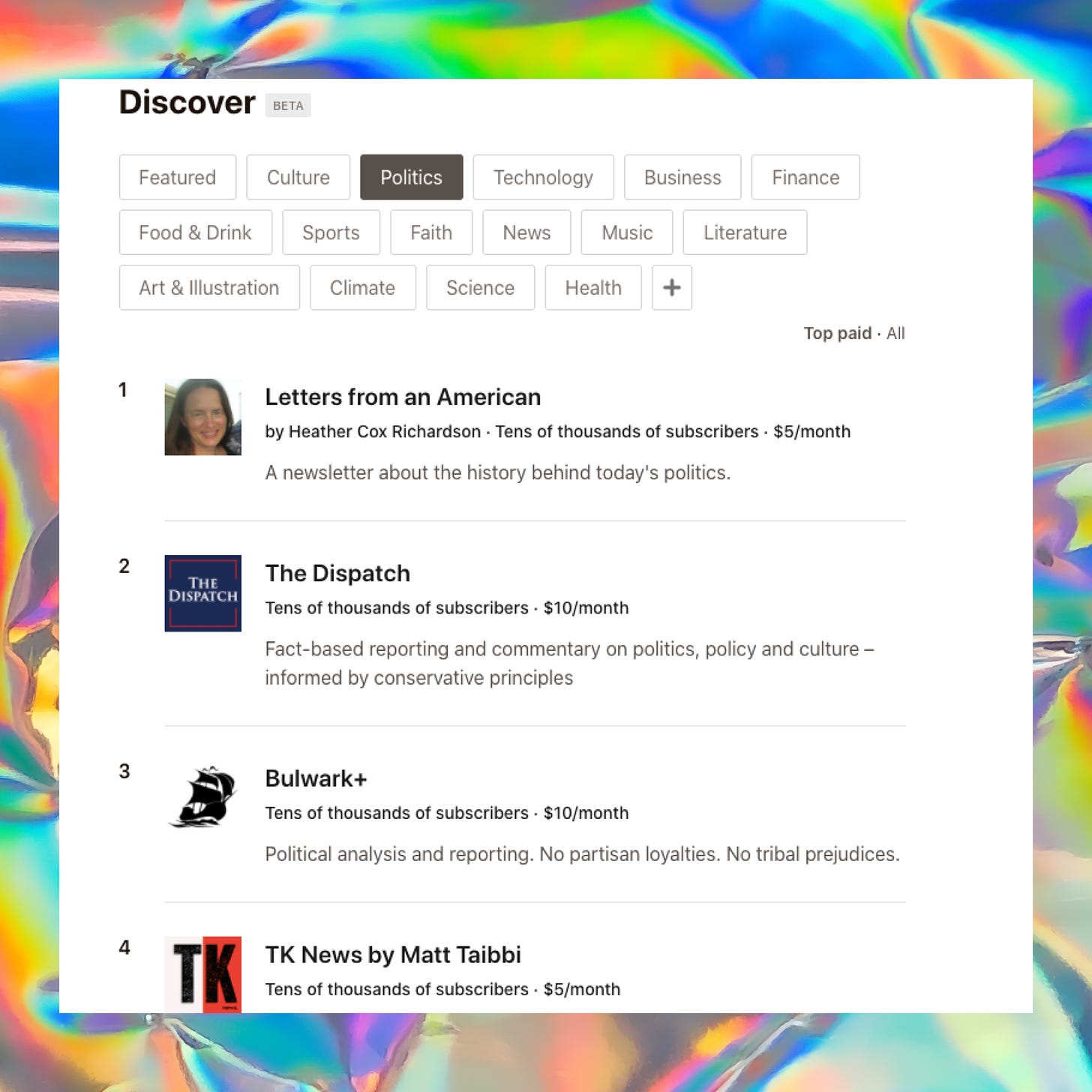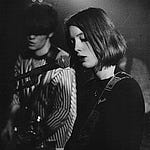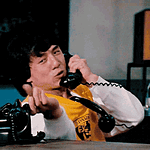Hey friends.
This week, you’re getting pure, unfiltered Emilie and Andrea. It's our first episode without a guest—something we've been wanting to do since we started this podcast—and we'll be digging into a phenomenon that has been on our mind a lot lately: The rise of the so-called "creator" economy, and the possibilities and perils of a model of cultural patronage grounded in a very specific type of relationship between producers and fans.
We're talking about parasocial interaction, the phenomenon whereby a cultural producer fosters a kind of illusory, (mostly) one-sided intimacy with fans—sometimes for pay on the internet. Parasocial interaction isn't a new concept, but it's par for the course in a world where it's pretty much impossible to build a career as a creative person without sharing a constant stream of thoughts, intimate confessions, and images from your life.
And these days, it's hard to ignore the extent to which it seems to be driving some of the biggest culture stories of 2021: The controversial rise of Substack as a destination for some of the media's biggest names, including particularly polarizing ones; celebrities and tech CEOs hosting virtual fireside chats on ClubHouse, a social audio app that recently introduced a tipping feature; Hollywood actors selling on-demand personalized video messages to fans on Cameo; and a pandemic-related surge in artists and musicians flocking to Patreon, often because traditional industry structures have failed them.
As is increasingly the case with these crowd-funded patronage models, consumers aren't just signing up for exclusive pieces of writing, audio, or visual art; they're paying for access to the creator or personality themselves—something we saw happen in real time last month with the unveiling of Sidechannel, a new Discord channel where readers pay a small sum of money each month to discuss the news of the day with their favorite Substack writers. (For the launch, fans were treated to a high-profile parasocial encounter in the form of a virtual fireside chat with Mark Zuckerberg, who used the opportunity to talk about some new audio features that Facebook is rolling out for creators, tools offering yet another avenue for cultural producers to capitalize on these parasocial dynamics).
On this episode of The Culture Journalist, we argue that this underexplored facet of the creative economy, however commonplace it has become, represents a seismic shift in what it means to be a creative person. Is this new parasocial landscape a great leveling of the playing field, a genuine step in the direction of more democratized culture? Or is it a system where a small number of producers will rise to the top while others perform a lot of free or under-compensated labor? In a recent piece on the creator economy for ARTnews, writer Kyle Chayka asked what is perhaps the most important question: What does a landscape where people make money through maintaining constant contact with fans and supporters mean for the future of art and creativity itself?
Come join us—parasocial style—as we air our hopes, fears and grievances. Full disclosure: We'll be sharing a bit about our experiences with Substack, and our thoughts on the platform, too.
Read more:
"In the New Digital Economy, Are Artists Creators?" (Kyle Chayka)
Excerpts from "Mass Communication and Para-social Interaction: Observations on Intimacy at a Distance" (Donald Horton and R. Richard Wohl)
"Why We're Freaking Out About Substack" (Ben Smith)
"In Queers We Trust. All Others Pay Cash" (Jude Ellison Sady Doyle)
















Parasocial Anxiety